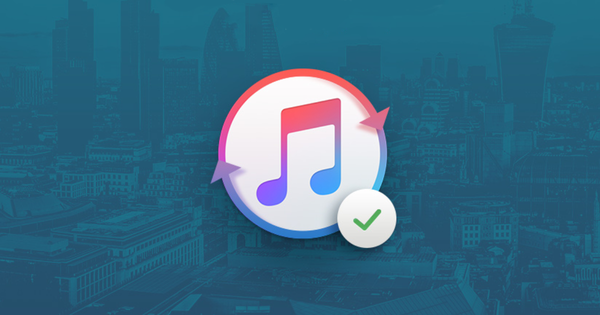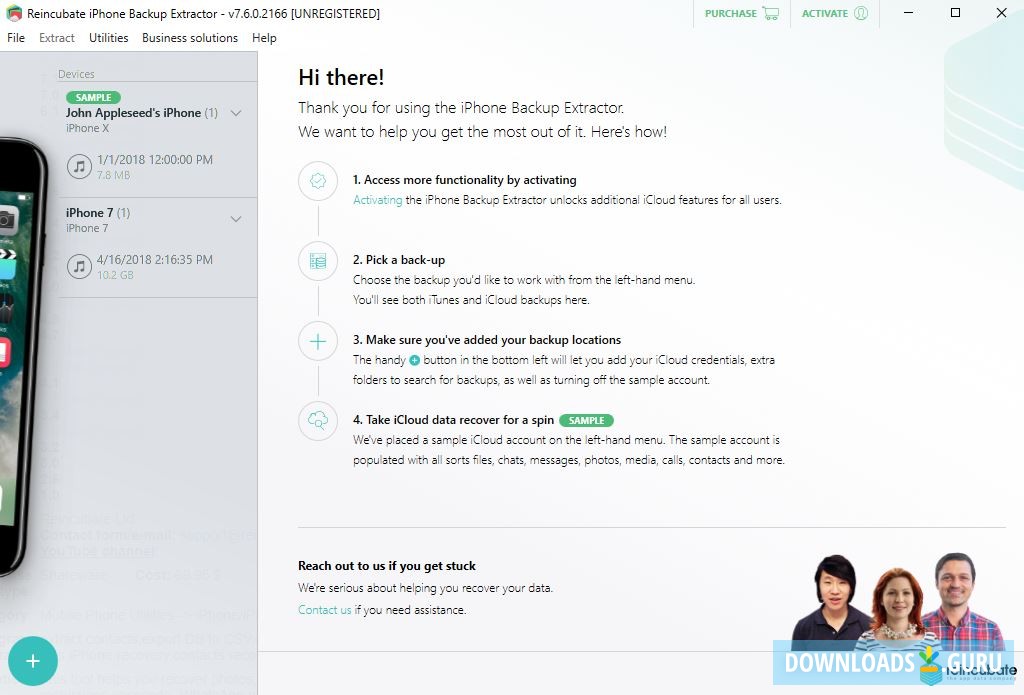

Select one or more conversations, then click Export to PDF, Export to Text, Export to Excel, or Export to CSV.

For example, if you select Messages, you'll be able to see and export any or all of the messages from the backup. Select the file or data you want to extract and click Export.ĭepending on the dataset (or app) you select, you may be able to extract data. Other apps are listed under Apps, and File System lets you browse the devices file system. By default, you'll see Camera, Photos, Music, Videos, iBooks, Messages, Notes, Contacts, Phone, and Voice Memos. Click any of the apps that display, and enter your password if requested.Ĭlick any of the apps that display in the main section of the iMazing window. When you've found the backup you want to use, click View.Ĥ. You most likely want to extract data from the most recent backup, but if you are looking for something you deleted, you can check older backups. Select a backup in the popup that displays, then click View.Ĭlick one of the backups in the popup. If your iPhone is named My iPhone, the toolbar button will say My iPhone's Backups. Select your device in the sidebar, then click the Backups button in the toolbar. Select your device in iMazing's sidebar, then click Your Device Name's Backups in the toolbar. Launch the app, and connect your device to your Mac or PC. Launch iMazing on your computer and connect your device.ĭownload and install iMazing.



 0 kommentar(er)
0 kommentar(er)
